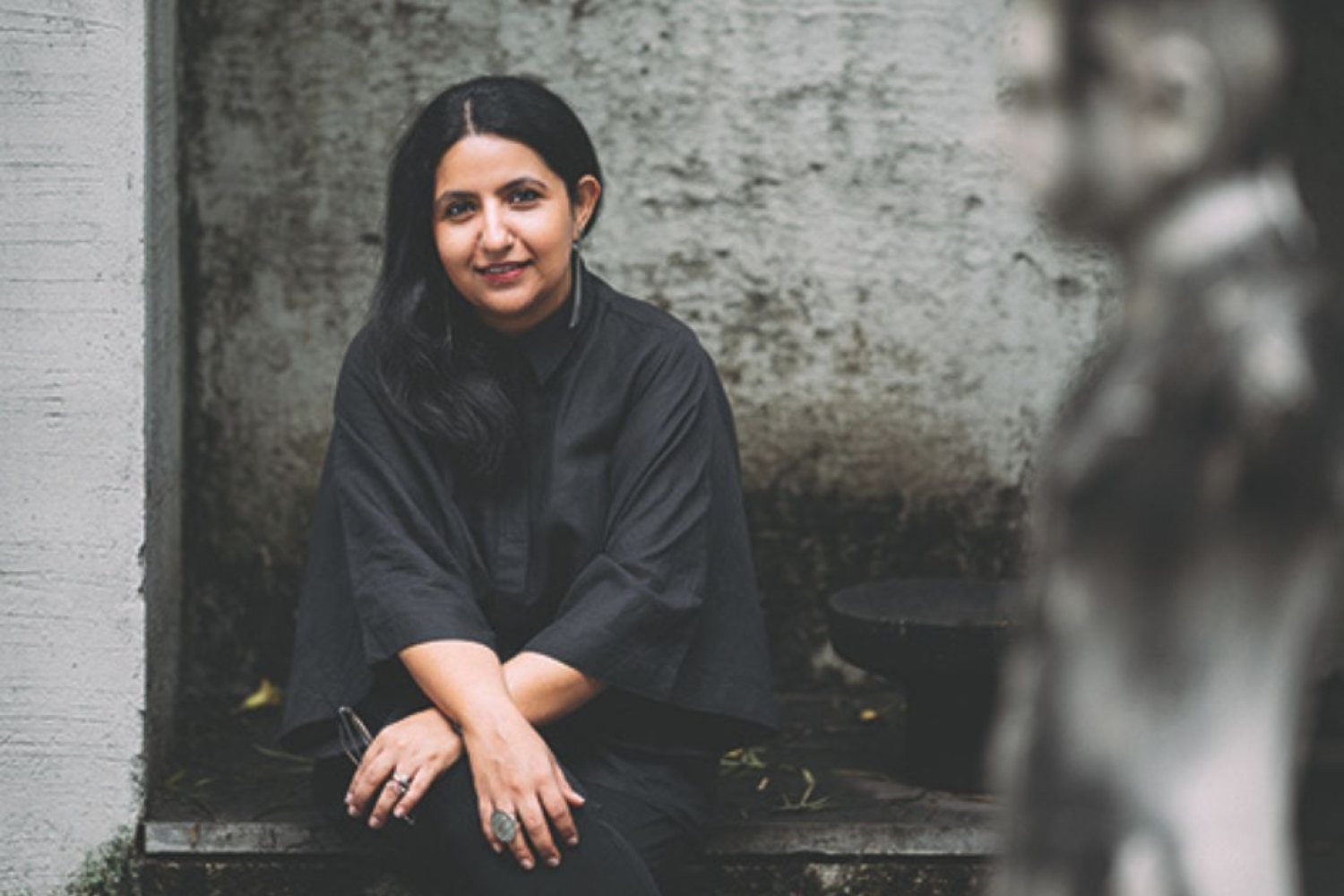

Khushnu Panthaki Hoof is a noted architect and designer whose humility is disarming, considering she is a protege of the first family of Indian architecture. She is the legacy keeper of the late BV Doshi [1927-2023], India’s first Pritzker Laureate and her grandfather, having worked closely with him ever since graduation.
She is the Director of the Vastushilpa Foundation for studies and research in environmental design and together with Sonke Hoof, the co-founder of Studio Sangath, regarded as an institution in sustainable architecture practices in India.
In collaboration with the Vitra Design Museum, she curated and designed the exhibition Balkrishna Doshi: Architecture for the People, which travelled to Architekturmuseum in Munich, Pinakothek der Moderne, Architekturzentrum, Vienna, and Wrightwood659, Chicago. As part of the initiative, Khushnu also co-authored a book that won the Richard Schlagman Award for contemporary architecture in 2019 and was listed in as one of the best books of that year by The New York Times.
Today, in addition to some remarkably sustainable and socially driven architectural projects, she is immersed in collecting and preserving her grandfather’s work. An incredible source of wisdom and knowledge, The Balkrishna Doshi Archives hopes to make his work accessible to students, researchers and the design-curious.
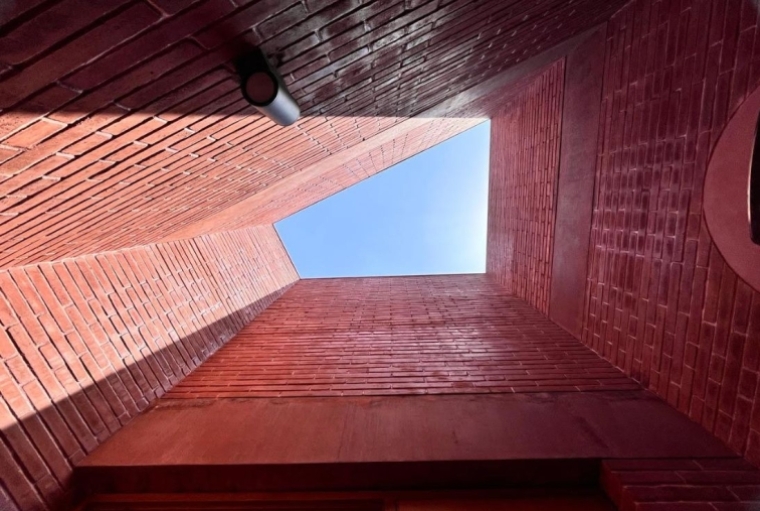
Soumya Mukerji: You grew up surrounded by the light of architecture, design and the arts. Was architecture a natural career progression or a conscious choice? What made you find your own voice?
Khushnu Panthaki Hoof: Growing up in a family that prioritised freedom of thought was a profound gift that shaped my worldview. We were nurtured in an environment where making our own choices was encouraged and failure was seen not as a setback, but as an invaluable opportunity for growth and learning. This mindset fostered a sense of resilience and curiosity, allowing us to explore ideas without fear.
My upbringing emphasised the significance of sensitising oneself to the environment—learning to listen deeply, reflect thoughtfully and find meaning in the world around us. This approach cultivated a culture of dialogue where questioning, discussing and even engaging in spirited debates, were not only accepted but celebrated. It was in this atmosphere that I found or rather discovered my own voices and perspectives.
My fascination with architecture and design blossomed organically, sparked by the stories my grandfather would share—that illuminated the significance of every detail, from the elegance of cutlery to the thoughtful design of a chair or even the way light danced across a surface. These early influences continue to ignite my passion today. I find myself captivated by the interplay of form, function and emotion in design.
Each new experience deepens my appreciation for the built environment and the stories it tells, reminding me that design is not just a discipline but a lens through which we can understand and engage with the world.
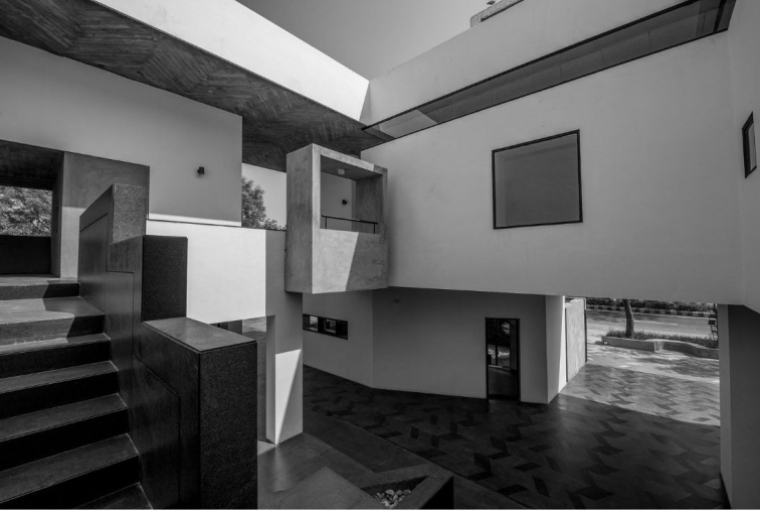
SM: Architecture is first and foremost, a legacy and a bridge. It connects time, life and purpose through space as possibility. Your thoughts.
KPH: The concept of bridging time, life and purpose has been central to our architectural learnings and practice and the nature of that bridge is crucial both philosophically and physically. A bridge that symbolises connection and continuity weaving together the past, present and future while fostering relationships among people, communities and their environments in the present day.
It’s also about understanding of historical narratives and creating spaces that resonate with the essence of a place, fostering a sense of belonging.
In the physical aspect, the design takes many forms, from using reclaimed materials that tell stories of resilience to creating transitional spaces that encourage interaction and engagement. The bridge is about reinterpreting traditional design elements with modern functionality, speaking to different generations and promoting intergenerational engagement.
It’s about understanding the aspirations and challenges of those who inhabit our spaces, creating environments that enhance quality of life and inspire meaningful interactions. To work towards design that transcends time and enriches the tapestry of life and purpose within the built environment. Legacy is a very fine thread—it can be overwhelming or nurturing—I like to look at it like a seed within that continues to nurture and adapt over time.
SM: In the Sangath school of thought, form follows experience and structure follows symphony. Can you share some of the core values that define your practice?
KPH: The core values have been to craft spaces that establish a harmony between ways of living and creation of a theatrical environment where togetherness thrives.
Furthermore, transitional spaces become the heart of the project, serving as dynamic areas that facilitate interaction and connection. So ‘form follows experience’ is essential; where the design prioritises how people move through and engage with the space, shaping the architecture around their needs and moments of shared life.
This approach emphasises the interplay of structure, where elements are both visible and subtly integrated into the design, allowing the architecture to breathe and evolve. The modulation of light within these spaces becomes a critical narrative, guiding the eye and enhancing the emotional resonance of each area. By focusing on the experiences these spaces evoke, our constant effort has been to create architecture that not only supports but enriches the lives of those who inhabit it, creating a beautiful dialogue between form, light and human connection.
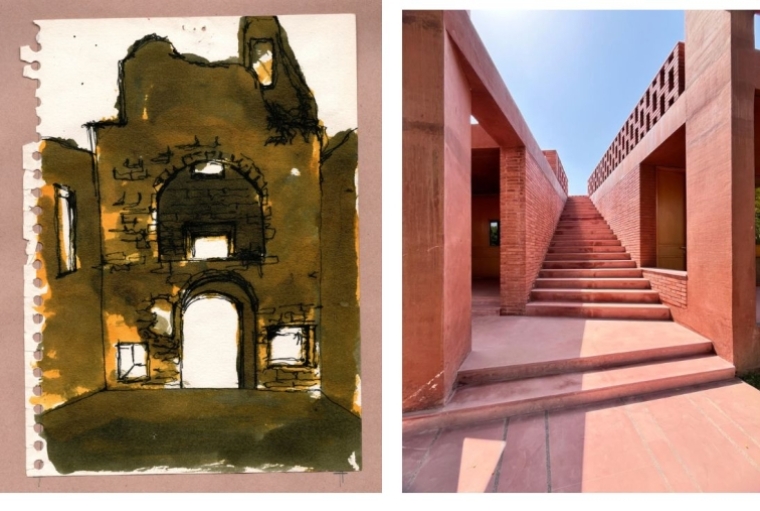
SM: What is your definition of inspired and responsible architecture, especially in the contemporary context?
KPH: Responsible architecture, in our contemporary context, embodies a dialogue with the past, an awareness of present needs and a commitment to adaptability for the future.It transcends the notion of a static object, evolving instead into a living entity that reflects the ongoing transformation of life itself. This perspective invites us to see architecture as a responsive vessel, one capable of absorbing change, modifying in response to the rhythms of human experience and pulsating with the energy of its inhabitants.
SM: An unforgettable lesson learned on the job.
KPH: A few days before my grandfather’s passing, I asked him what had been the most important lesson in life and he said, ‘Fiction... fiction is the most important thing—it twists and turns, constantly evolves, changes, adapts and most importantly, expresses the fluidity of time. It’s free...’
Life, as he would say, happens between reality and illusion. This has been the most important lesson for me lately.
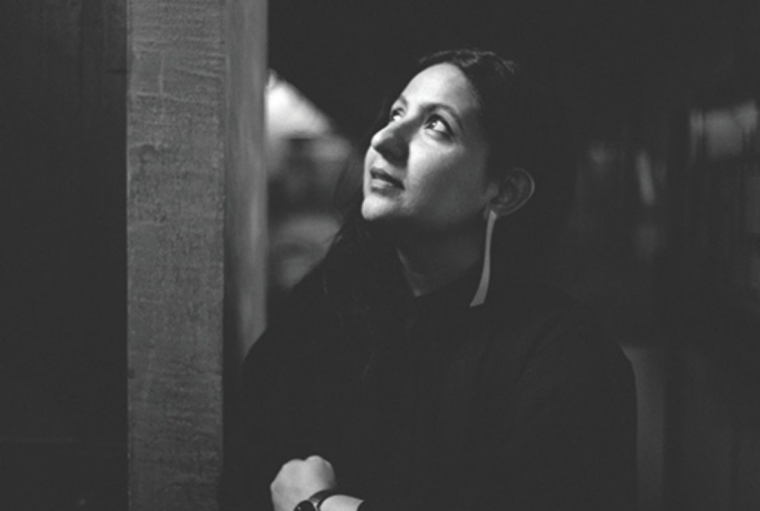
This is an all exclusive excerpt from our Bookazine. To read the entire article, grab your copy here.
Words Soumya Mukerji
Date 22-02-2025
Photography Ravi Mistry